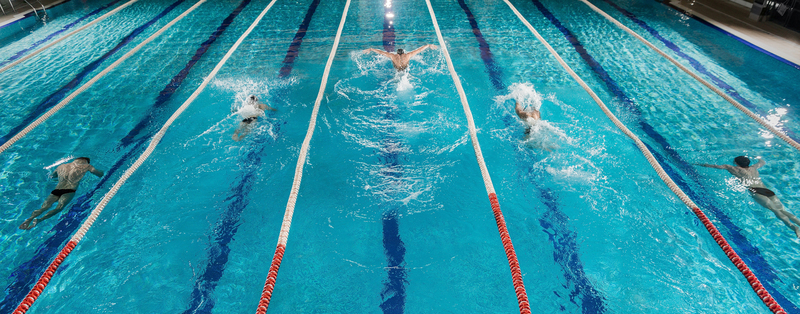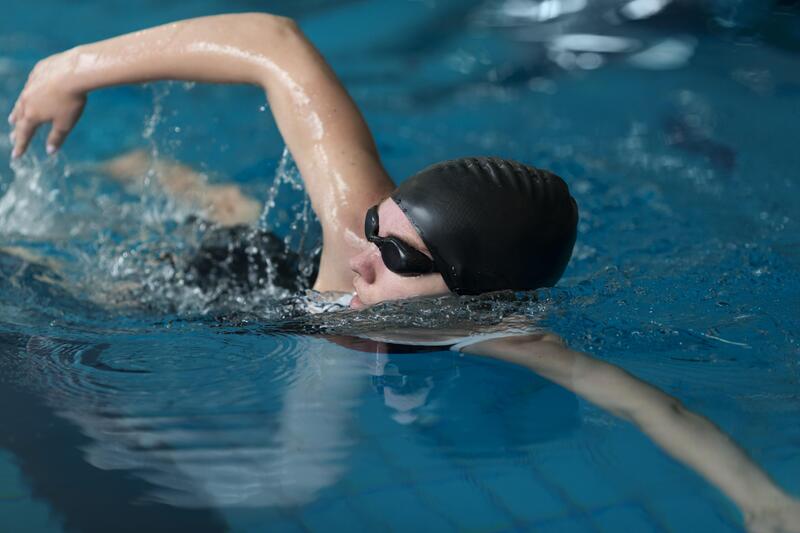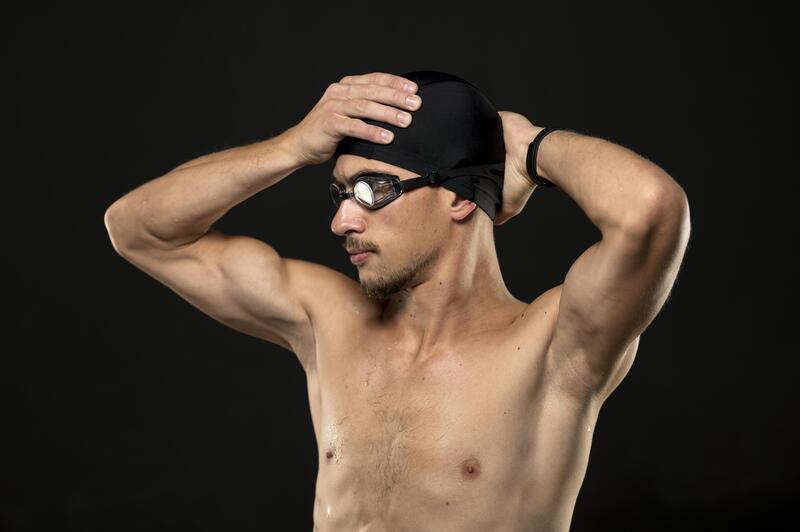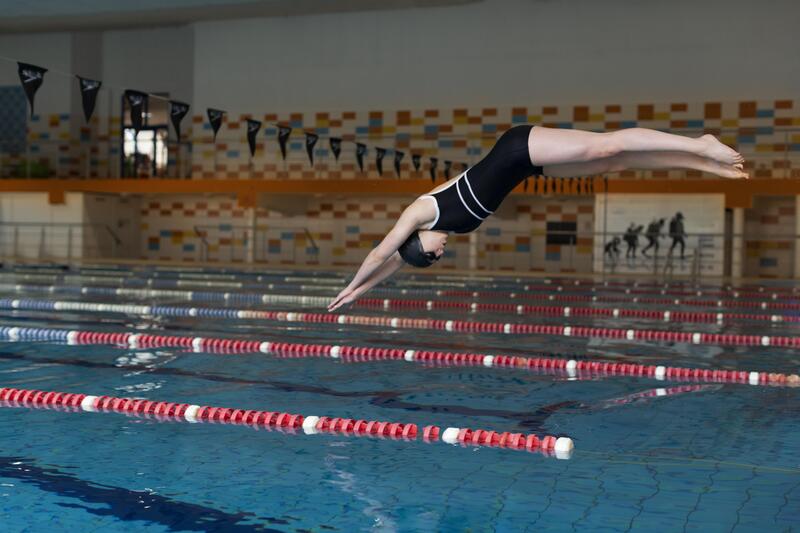Dive into the Depths of Swimming: A Beginner's Guide to the Rules of Swimming
Are you ready to dive in? Swimming is a fantastic sport that not only strengthens your body but also relaxes your mind. Whether you're a newbie or a seasoned pro, it's always good to know some background and basics of the sport. So, let's take a dive into the depths of swimming!
A Brief History of Swimming
Swimming has been around for centuries, with evidence of the sport being depicted in cave paintings from over 10,000 years ago. The ancient Greeks and Romans were avid swimmers, and they even held swimming races as part of their sporting events.
In the UK and the US, swimming became popular during the 1800s, with the opening of the first public swimming pools. Since then, it has become a staple in the world of sports and recreation, with many famous swimmers becoming famous globally.

Different Swimming Disciplines
Swimming has four main disciplines: freestyle, backstroke, breaststroke, and butterfly. Each discipline has its own unique style and rules.
- Freestyle: Also known as front crawl, this is the most popular and fastest swimming stroke. Swimmers alternate their arms and legs in a coordinated motion to propel themselves forward.
- Backstroke: Swimmers float on their backs and use their arms and legs to move through the water. This stroke is great for beginners, as it's easy to learn and doesn't require you to put your face in the water.
- Breaststroke: Swimmers move through the water with a frog-like motion, pulling their arms in and then pushing them out in front of them. This stroke is slower than freestyle, but it's great for endurance.
- Butterfly: This is the most challenging swimming stroke, as it requires a lot of coordination and strength. Swimmers move through the water with a dolphin-like motion, simultaneously kicking their legs and pulling their arms in a circular motion.
Swimming Technique
To become a great swimmer, it's important to focus on your technique. This includes not just the swimming strokes themselves, but also diving, turns, and general technique.
- Diving: A good dive can give you an edge in any race. To execute a proper dive, start by standing at the edge of the pool with your feet shoulder-width apart. Take a deep breath, and as you exhale, bend at the waist and push off the edge of the pool with your feet. Keep your arms straight and your head down as you dive into the water.
- Turns: Turns are important in any race, as they allow you to maintain your momentum and save time. There are different techniques depending on which stroke you are swimming. For example, for front crawl, to execute a proper turn, approach the wall at full speed. Just before you reach the wall, (keeping enough distance to perform a roll) forward-roll onto your back while pushing off the wall with your feet, before flipping back onto your stomach and resuming your stroke.
- General Technique: Good technique involves a combination of good body position, arm movement, and leg movement. Keep your head down and your body streamlined, with your arms moving in a fluid, coordinated motion. Use a steady, even rhythm so you are relaxed enough to complete the required distance without becoming too fatigued.

Swim Tips for Beginners
Take it slow: Don't be too hard on yourself if you're just starting out. Swimming is a skill that takes time and practice to perfect.
Focus on technique: The key to swimming efficiently is to have good technique. Make sure you're focusing on your form, and don't be afraid to ask for help from a coach or more experienced swimmer.
Stay safe: Always make sure you're swimming in a safe and controlled environment, with proper supervision and safety measures in place.
Training as a team? Check out our free Team APP
Swimming Equipment and Facilities
Swimming doesn't require much equipment, but there are a few things you'll need to get started:
- Swimwear: Opt for a swimsuit that fits snugly and doesn't drag in the water.
- Goggles: These are essential for keeping water out of your eyes and improving your vision in the water.
- Swim cap: Not required, but can be helpful in keeping your hair out of your face and reduces friction in the water if you're racing and every second counts.
Facilities for swimming can vary, from public pools to private clubs, and even open lakes and the ocean. It's important to make sure the pool you choose is safe and clean, with properly maintained equipment and trained staff, and you should never swim alone in open water. Always have a buddy with you.

Swim Competitions and Standard Swim Distances
Swimming competitions typically involve races where swimmers compete to see who can swim a set distance in the fastest time. The most common distances are 50m, 100m, 200m, 400m, and 1500m. These distances are contested in all four swimming disciplines, as well as in individual and team relays.
Medley Events
In addition to individual events in each of the four swimming strokes, there are also medley events that require swimmers to perform all four strokes in a specific order. The order of strokes in a medley event is:
- 100m Individual Medley (IM): This event consists of 25m each of butterfly, backstroke, breaststroke, and freestyle, in that order.
- 200m IM: This event consists of 50m each of butterfly, backstroke, breaststroke, and freestyle, in that order.
- 400m IM: This event consists of 100m each of butterfly, backstroke, breaststroke, and freestyle, in that order.
Medley events require swimmers to have a solid foundation in all four strokes, as well as the ability to transition smoothly between them. Swimmers must be versatile and adaptable, able to adjust their stroke technique depending on the stroke they're currently performing. In medley relays, each member of the team swims one of the four strokes in the order listed above.
Medley events add an exciting and challenging element to competitive swimming, and require swimmers to be well-rounded in all four strokes. Whether you're a beginner or an experienced swimmer, practising medley events can help you improve your overall swimming ability and performance.
Major National and International Swim Events
Swimming is a global sport, with many international competitions held throughout the year. Some of the most prestigious events include:
- Olympic Games: Held every four years, the Olympic Games bring together the best athletes from around the world to compete in a variety of sports, including swimming.
- World Championships: Held every two years, the FINA World Championships are the biggest international swimming event outside of the Olympics.
- Commonwealth Games: Held every four years, the Commonwealth Games bring together athletes from Commonwealth countries to compete in a range of sports, including swimming.

Is swimming for you?
Swimming is a wonderful sport that offers a plethora of physical and mental benefits. If you understand the rules, strokes and different disciplines, and equip yourself with the right gear, you can dive into the depths of swimming with confidence. By focusing on your technique, practising regularly, and competing in events, you can take your swimming to the next level and achieve your goals. So, whether you're a beginner or a seasoned pro, keep diving in and pushing yourself to new heights!
Swimming and SportMember
We hope this beginner's guide has helped you understand the basics of swimming and inspired you to jump in and give it a try. Remember, the key to becoming a good swimmer is practice, so get out there and start swimming!
The full overview and laws of the game can be found on the FINA website. There are thousands of swim clubs in the UK, and many of them are using a club management system, like Sportmember, to streamline their club admin and help save time running their club.
SportMember allows you to gather all the club's functions in one place; member database, calendar and event planning, attendance, membership fees collection, and so much more (including a fully integrated and free website).
Creating a club profile on SportMember will help you run and structure the club, and save you a lot of time on otherwise manual tasks. Try it out by clicking "Create profile" below.